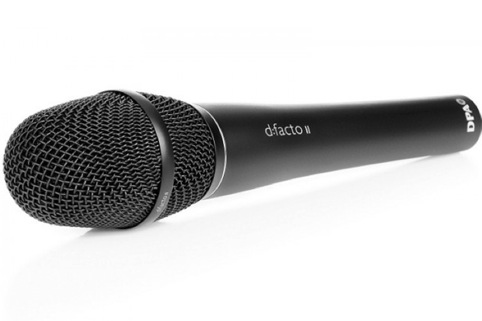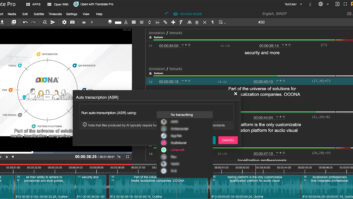
In August, TVBEurope publisher NewBay Media launched NewBay connect, a digital resource library for the broadcast, professional AV and pro audio markets. Each week we’ve selected and profiled a white paper featured on the site – and this week the focus is on audio, with DPA Microphones’ ‘The essentials of choosing the right mic for the job.’
The comprehensive guide begins by outlining the differences between live and studio miking, and dynamic vs condenser mics. Pointers for testing a mic are given, followed by a directional/cardioid vs. omnidirectional/microphone comparison. Information on large vs. small diaphragms is also included in the guide, which wraps up with a section on how to read mic specifications. The white paper opens:
Before buying a microphone, it is essential to make sure that it will do the job you want it to do. This means that you have to clearly understand which application(s) the microphone was designed for.
There is no such thing as an all-purpose microphone that is ideal for every application. Differences in pick- up pattern, maximum SPL constraints and noise floor should all be taken into account during the selection process. All microphones are made for a certain pur- pose or sometimes a compromise between several re- lated purposes.
Is it primarily for recording in a studio or home studio, is it for live use or perhaps both? Is it meant for one specific instrument or sound source or should it be for more general use? Is it to be mounted on a stand, an instrument, a head or is it handheld?
Is your budget limited? Quality always costs. You can save money on features you don’t need, but to most people quality is a feature they do need.
To access the guide in full, along with numerous others, register at the NewBay Connect website.







